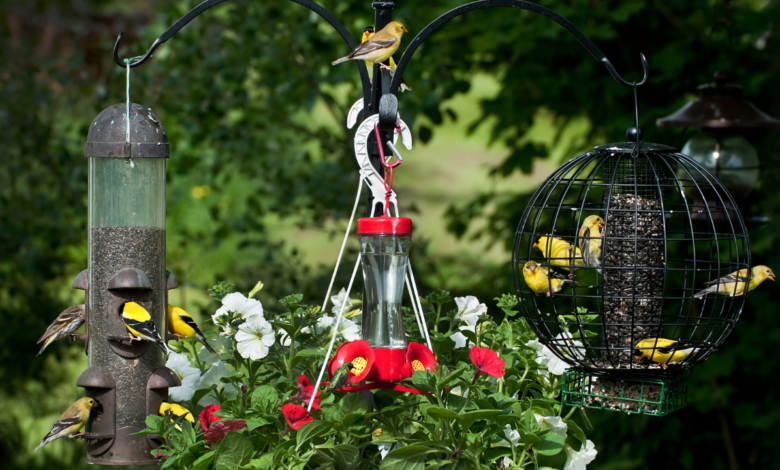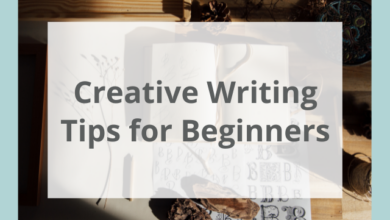
Urban bird feeders play a vital role in providing a food source for birds in urban environments. By strategically placing bird feeders on balconies, city dwellers can attract a variety of bird species and enjoy the beauty of nature right outside their windows.
When selecting bird feeders for your balcony, it’s essential to choose ones that are suitable for smaller spaces and can be securely attached to railings or walls. Opt for bird feeders that are easy to clean and refill to ensure the health and well-being of visiting birds.
Benefits of Urban Bird Feeding
Feeding birds on your balcony not only brings joy and beauty to your surroundings but also offers several benefits to both birds and humans alike. By providing a supplemental food source, you can help sustain bird populations, especially during harsh weather conditions or habitat loss. Additionally, observing birds up close can reduce stress and promote a sense of well-being.
Choosing the Right Bird Feeders
When selecting bird feeders for your balcony, it’s essential to consider both the types of feeders available and the unique challenges of balcony feeding. Opt for feeders that are suitable for smaller spaces and can be securely attached to railings or walls. Tube feeders, hopper feeders, and suet feeders are all excellent choices for balconies.
Types of Feeders
Different types of feeders cater to the dietary preferences of various bird species. Tube feeders are ideal for offering seeds and smaller grains, while hopper feeders can accommodate a variety of seed mixes. Suet feeders are perfect for attracting insect-eating birds such as woodpeckers and nuthatches.
Considerations for Balcony Feeders
When installing feeders on your balcony, consider factors such as wind exposure, potential predators, and ease of access for cleaning and refilling. Opt for feeders with protective covers to shield seeds from rain and snow, and ensure they are positioned away from areas where predators like cats may lurk.
Selecting Bird Feed
The type of bird feed you offer plays a crucial role in attracting a diverse array of bird species to your balcony. Consider offering a mix of seeds, nuts, and suet to cater to the dietary needs of different birds.
Seed Varieties
Sunflower seeds, millet, and nyjer seeds are popular choices among backyard birds and can be easily found at most pet or garden stores. Experiment with different seed blends to see which ones are most appealing to the birds in your area.
Nutritional Needs
In addition to providing a variety of seeds, it’s essential to ensure that your bird feed contains essential nutrients such as protein, fats, and carbohydrates. Look for high-quality bird feed that is free from fillers and additives.
Placement of Bird Feeders
Proper placement of bird feeders is crucial for attracting birds while also ensuring their safety and well-being. Consider the following tips when positioning your feeders on your balcony.
Safety Concerns
Avoid placing feeders near windows or reflective surfaces to prevent bird collisions. Additionally, make sure feeders are securely attached to prevent them from falling or being knocked over by strong winds.
Attracting Birds
To attract a diverse range of bird species to your balcony, position feeders in areas with natural cover such as trees or shrubs. Providing fresh water for drinking and bathing can also help attract birds to your balcony.
Maintenance and Cleaning
Regular maintenance and cleaning of bird feeders are essential for preventing the spread of disease and ensuring the health of visiting birds. Clean feeders thoroughly with a mild detergent and water solution every one to two weeks, and remove any mouldy or spoiled seed from feeders promptly.
Dealing with Unwanted Visitors
While feeding birds on your balcony can be a delightful experience, it may also attract unwanted visitors such as squirrels or pigeons. To deter these pests, consider using squirrel-proof feeders or installing barriers such as baffles or spikes.
Creating a Bird-Friendly Environment
In addition to providing food, you can enhance your balcony to create a more inviting habitat for birds. Planting native flowers and shrubs can provide additional food sources and nesting sites for birds, while bird baths or small ponds can offer water for drinking and bathing.
Monitoring Bird Activity
Take the time to observe and monitor the bird activity on your balcony regularly. Keep a journal of the species you encounter, their feeding habits, and any changes in behaviour or appearance. This information can help you better understand and appreciate the birds that visit your balcony.
Educating Others
Share your passion for urban bird feeding with friends, family, and neighbours. Encourage others to create bird-friendly spaces on their balconies or in their communities and provide resources and information to help them get started.
Conclusion
Feeding birds on your balcony is a rewarding and enjoyable pastime that allows you to connect with nature and contribute to the well-being of local bird populations. By following these tips and guidelines, you can create a welcoming environment for birds while also enhancing your own living space.
FAQs
- How often should I clean my bird feeders?
- It’s recommended to clean bird feeders every one to two weeks to prevent the spread of disease.
- What can I do to attract more birds to my balcony?
- Providing a variety of bird feed, fresh water, and natural cover can help attract a diverse range of bird species to your balcony.
- How can I prevent squirrels from raiding my bird feeders?
- Consider using squirrel-proof feeders or installing barriers such as baffles or spikes to deter squirrels from accessing bird feeders.




